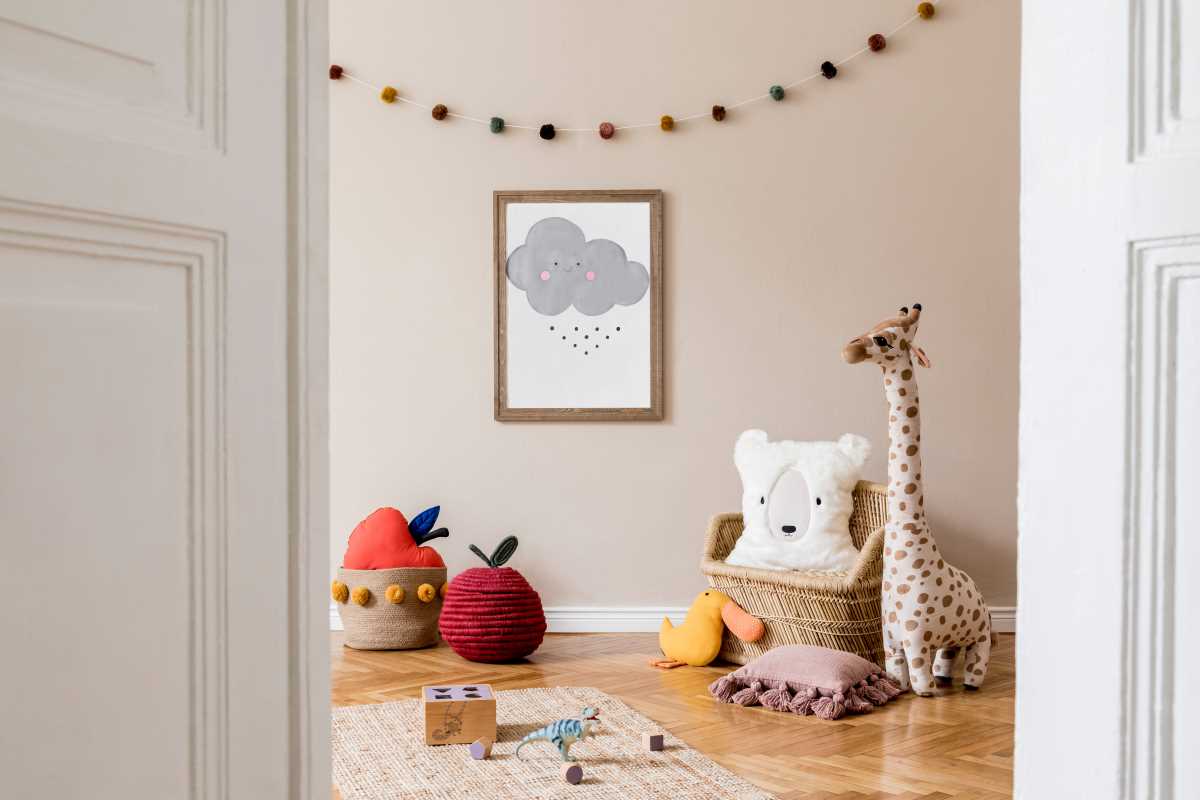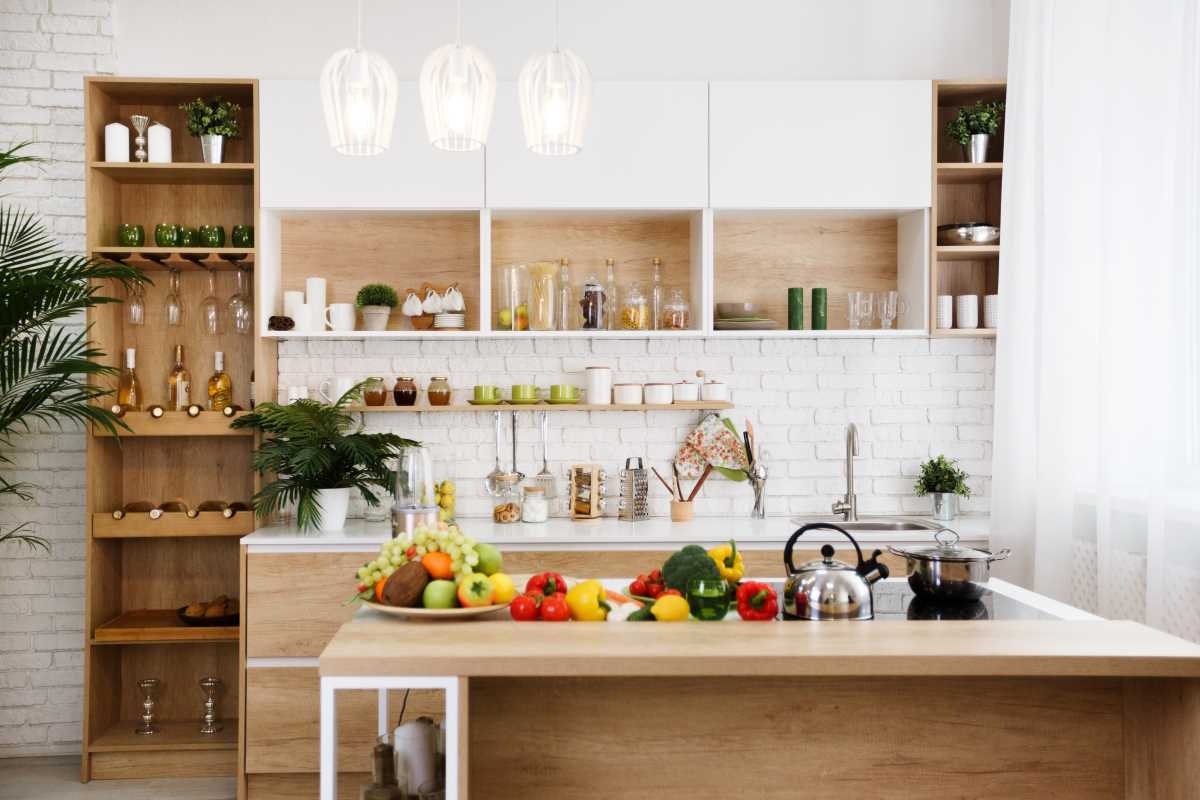Creating a space that nurtures both children and adults can be a delightful challenge. By embracing minimalist decor, you can design a child-friendly sanctuary that is not only stylish but also functional. Minimalist design emphasizes simplicity, organization, and the intentional use of space, making it an ideal choice for families looking to reduce clutter and create a calming environment.
Minimalist decor offers numerous benefits for families, fostering a peaceful and organized home where both parents and children can thrive. It reduces visual clutter, making it easier for kids to focus on their activities and parents to maintain a serene atmosphere. Additionally, minimalist spaces are often more adaptable, allowing for easy updates as children grow and their needs change. This flexibility ensures that your home remains both beautiful and practical over time.
The Benefits of Minimalist Decor for Families
One of the primary advantages of minimalist decor is creating a clutter-free environment. For families, this means fewer distractions for children, which can enhance their ability to concentrate on schoolwork and play. A clean and organized space also reduces stress for adults, providing a tranquil retreat from the chaos of daily life.
Another significant benefit is the emphasis on quality over quantity. By selecting fewer, high-quality items, families can invest in pieces that are durable and timeless. This approach not only saves money in the long run but also ensures that each item serves a specific purpose, contributing to the overall harmony of the home. Minimalist decor also encourages mindful living, where each element in the space has intentional value.
Essential Minimalist Decor Hacks
- Declutter Regularly: Set aside time each month to remove items that are no longer needed or used. This helps maintain an organized space and prevents accumulation of unnecessary possessions.
- Choose Neutral Colors: Opt for a color palette consisting of whites, grays, and soft pastels to create a calm and cohesive look that is easy to match with various elements.
- Multi-Functional Furniture: Invest in furniture pieces that serve multiple purposes, such as a storage ottoman or a bed with built-in drawers, to maximize space efficiency.
- Silent Storage Solutions: Use baskets, bins, and shelves to keep toys and supplies neatly stored away yet easily accessible for children.
- Limit Decor Items: Select a few statement pieces rather than overcrowding the space with numerous decorations. This emphasizes simplicity and elegance.
- Incorporate Natural Elements: Add plants or wooden accents to bring a touch of nature indoors, enhancing the peaceful atmosphere.
Real-Life Transformations
Many families have successfully transformed their homes into minimalist, child-friendly spaces. For instance, the Johnson family redesigned their living room by removing excess furniture and incorporating sleek storage solutions. This not only created more room for their children to play but also made the area easier to clean and maintain.
Another inspiring example is the Martinez household, which focused on creating multifunctional areas. They introduced a minimalist play zone that doubles as a study area, equipped with adjustable furniture to accommodate their growing children. By using neutral colors and simple decor, they achieved a harmonious balance between functionality and aesthetic appeal, proving that minimalism can cater to a family's dynamic needs.
Challenges and Solutions
- Managing Clutter: Even with a minimalist approach, children's toys and belongings can quickly create messes. Implementing regular decluttering sessions and providing designated storage can help keep items organized.
- Safety Concerns: Minimalist spaces often involve fewer but larger pieces of furniture, which can pose safety risks for young children. Choosing furniture with rounded edges and ensuring that heavy items are securely anchored can mitigate these dangers.
- Maintaining Flexibility: As children grow, their needs change, requiring adjustments to the living space. Selecting adaptable furniture and decor allows the home to evolve without the need for major overhauls.
- Balancing Aesthetics and Function: Striking the right balance between style and practicality can be tricky. Focusing on functional decor items that also contribute to the overall aesthetic can help maintain this balance.
- Emotional Attachment to Items: Families may find it challenging to part with sentimental items. Creating a dedicated space for cherished possessions ensures they are preserved without compromising the minimalist aesthetic.
Transforming your home into a child-friendly sanctuary with minimalist decor is achievable and highly rewarding. By focusing on simplicity, quality, and functionality, you can create a harmonious environment that supports both your family's well-being and your personal style. Start small, implement these essential hacks, and watch as your living space becomes a serene and organized haven for everyone.
 (Image via
(Image via





